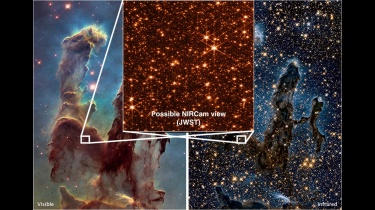NASA will release the first science photographs collected with the James Webb Space Telescope on July 12, 2022.
Here’s what you should be hoping for.
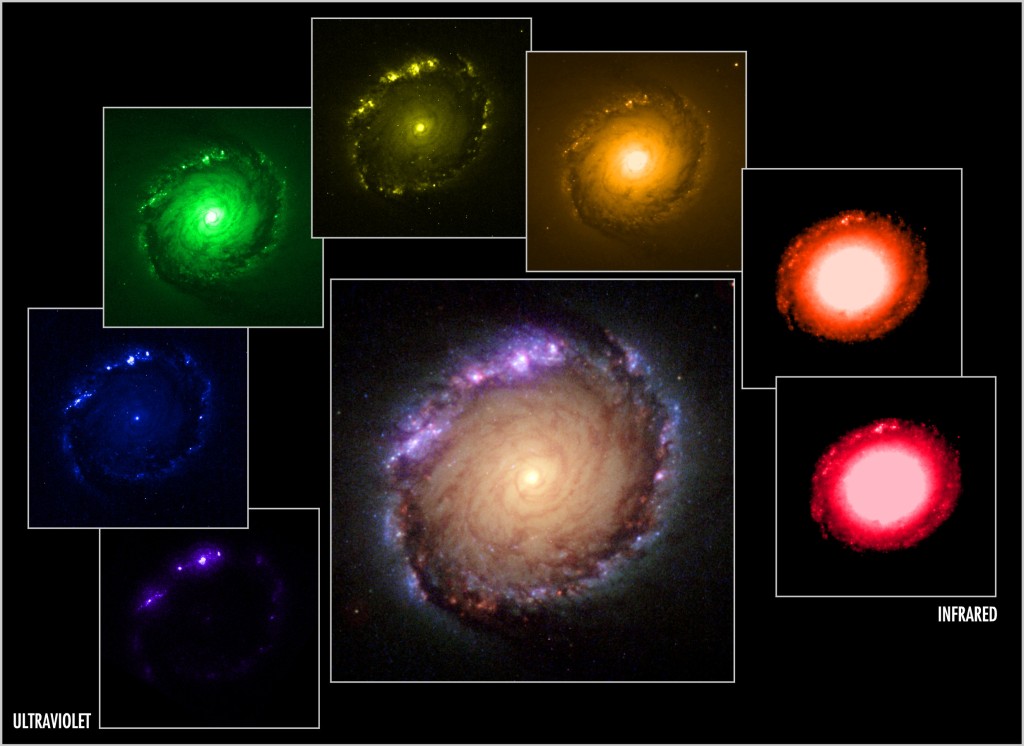
Astronomers constructed the colour picture (centre) of a ring of star clusters surrounding the nucleus of the galaxy NGC 1512 using this sequence of single-color photos (shown around the edge). A rich colour image containing vital details about temperature, dust, and more can be formed by combining a series of photographs acquired with different photometric filters.
We explore the Universe by gathering light in astronomy. Using only visible light, on the other hand, is quite limited.
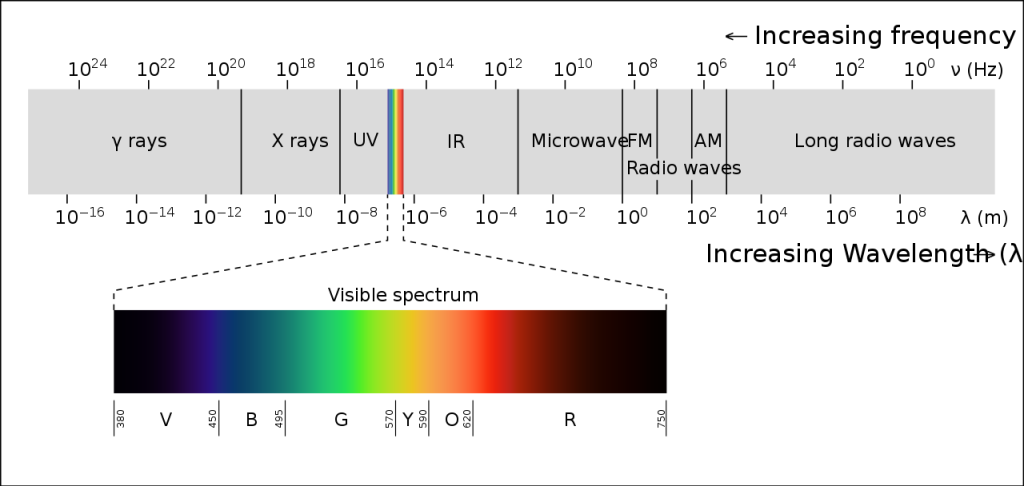
Although visible light provides us with a rich and varied picture of the Universe, it is only a small part of the electromagnetic spectrum. When compared to JWST’s wavelength range of 0.5 to 28 microns, the range from 0.4 to 0.7 microns, which is discernible to human vision, is a mere blip.
Optical astronomy ignores most features since it only studies wavelengths between 400 and 700 nanometers.
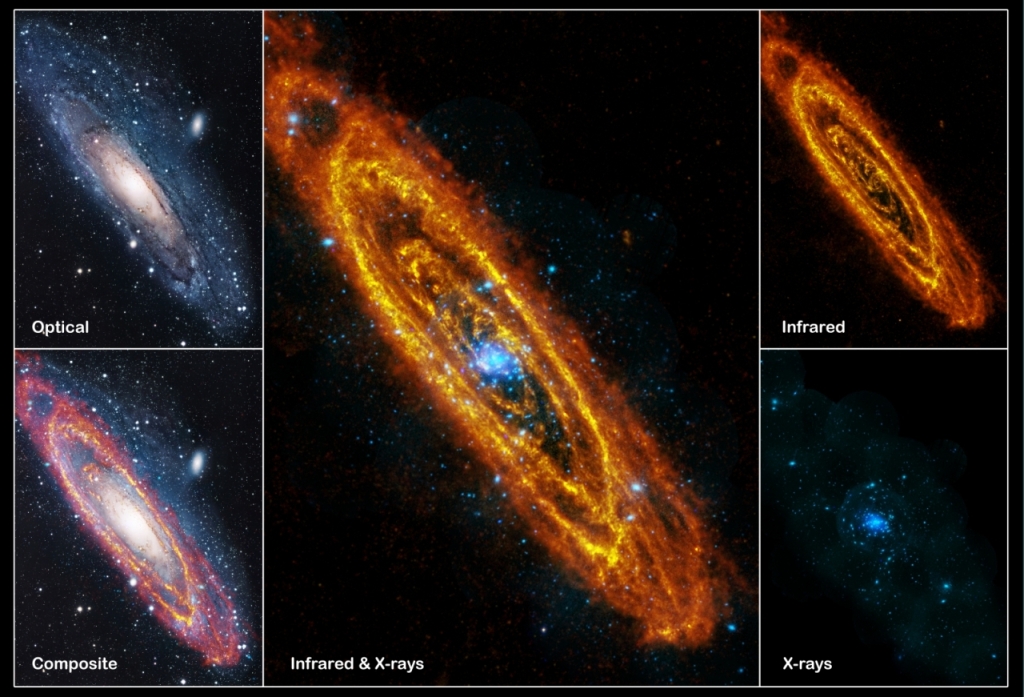
Depending on which wavelength or set of wavelengths of light is examined, the Andromeda galaxy, the closest big galaxy to Earth, reveals a remarkable range of characteristics. Even the optical view at top left is made up of several separate filters. When viewed as a whole, they reveal an amazing array of phenomena that exist in this spiral galaxy. Almost any celestial object or phenomenon can be seen in a new light thanks to multiwavelength astronomy.
Multiwavelength astronomy, on the other hand, can disclose previously undiscovered details.
Dusty, star-forming areas, in particular, hide amazing occurrences just waiting to be discovered.
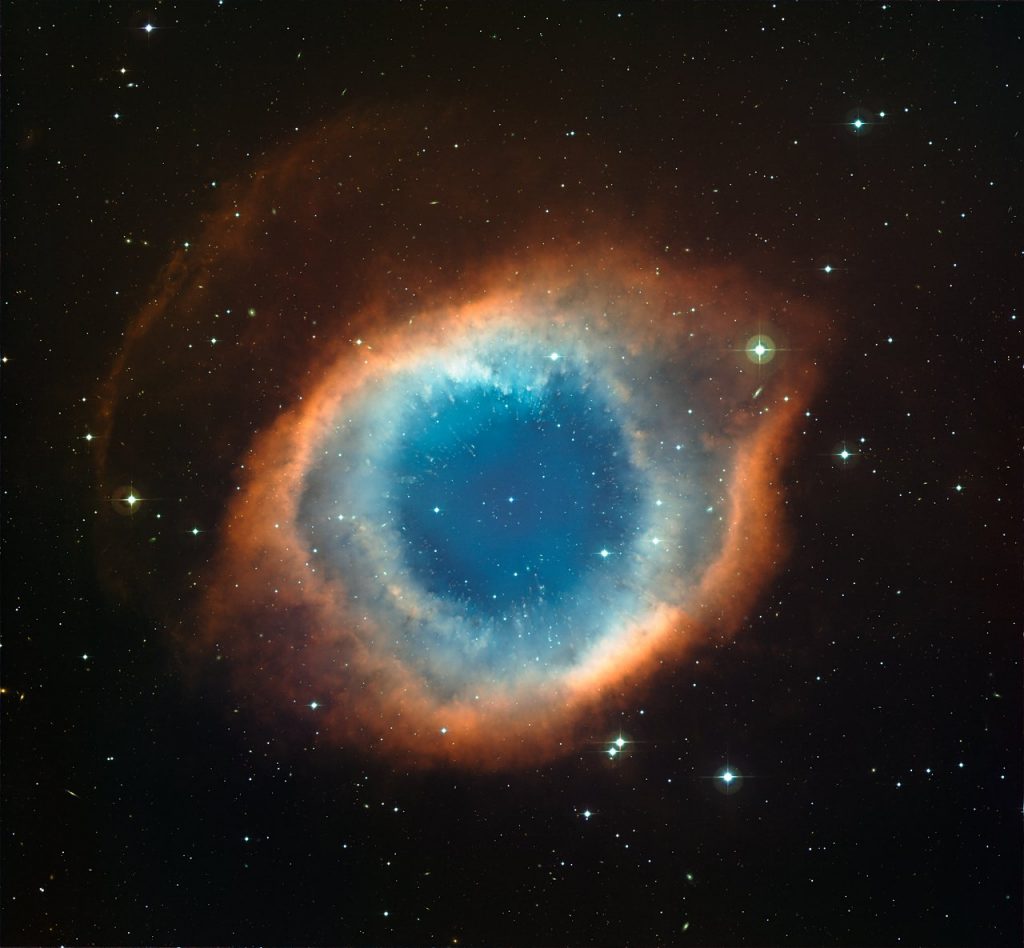
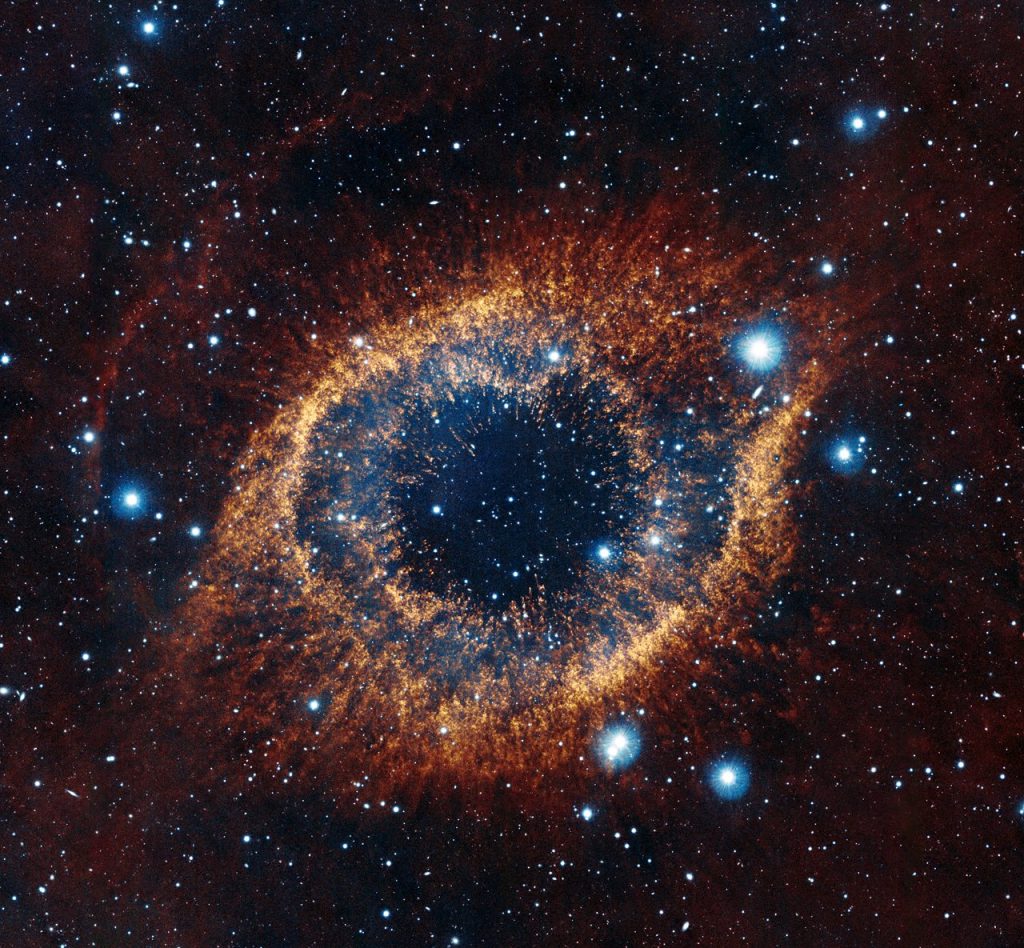
In visible light, the Helix Nebula, the fading remains of a once-Sun-like star, displays its gas distribution, but infrared light reveals a series of hidden characteristics that appear knotted and fractured. Multiwavelength views can show details that aren’t visible in just one set of light wavelengths.
The Pillars of Creation are one of Hubble’s most famous targets.
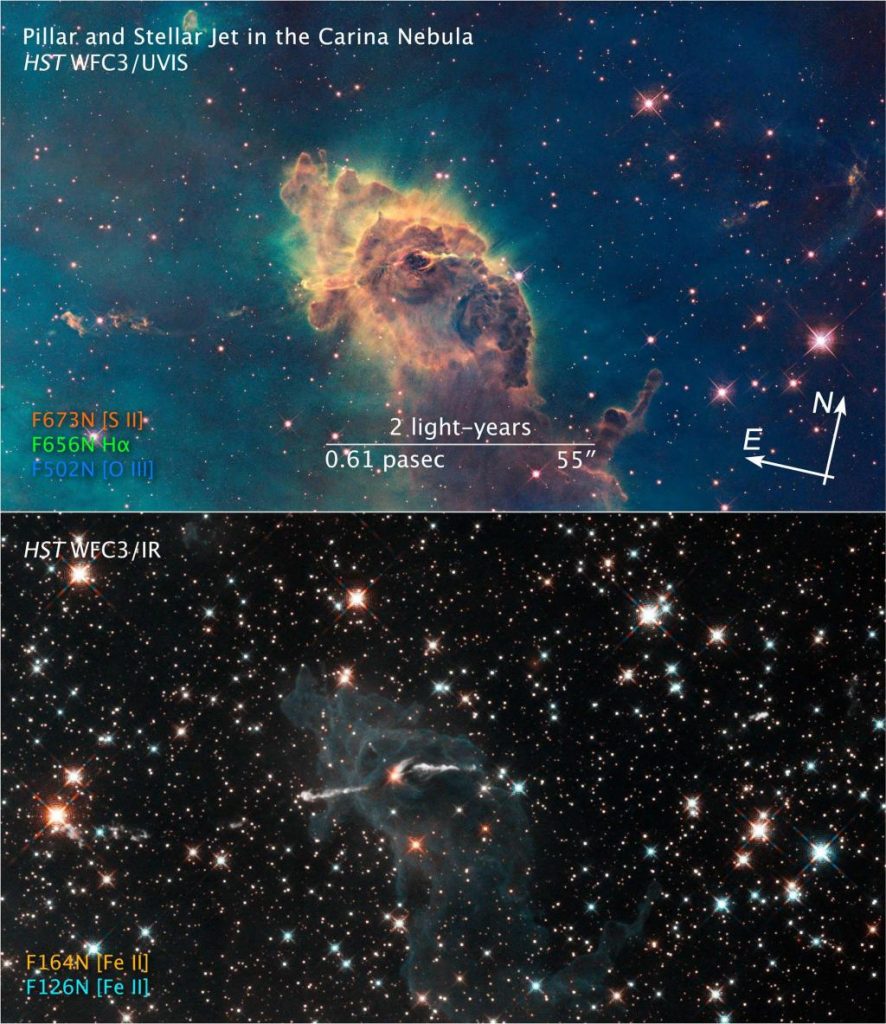
The Hubble Space Telescope observed the Carina Nebula in visible (top) and near-infrared (bottom) light in a sequence of various wavelengths, allowing these two very different perspectives to be built. Looking at dusty, star-forming areas in different wavelengths of light will reveal strikingly distinct features, which should set the stage for what JWST can and should do.
A tremendous cosmic race ends there, some 7000 light-years away, within the Eagle Nebula.
The visible light shows neutral matter, which absorbs and reflects the light from the stars around it.

This visible light image of a large section of the Eagle Nebula was taken from the ground with an amateur setup in 2019. It reveals a number of iconic feature inside, including the young stars and the dense, dusty regions where new stars are forming. The Pillars of Creation, at center, reflects and absorbs starlight, leading to its iconic appearance.
Inside, new stars are busily forming, evaporating the pillars.
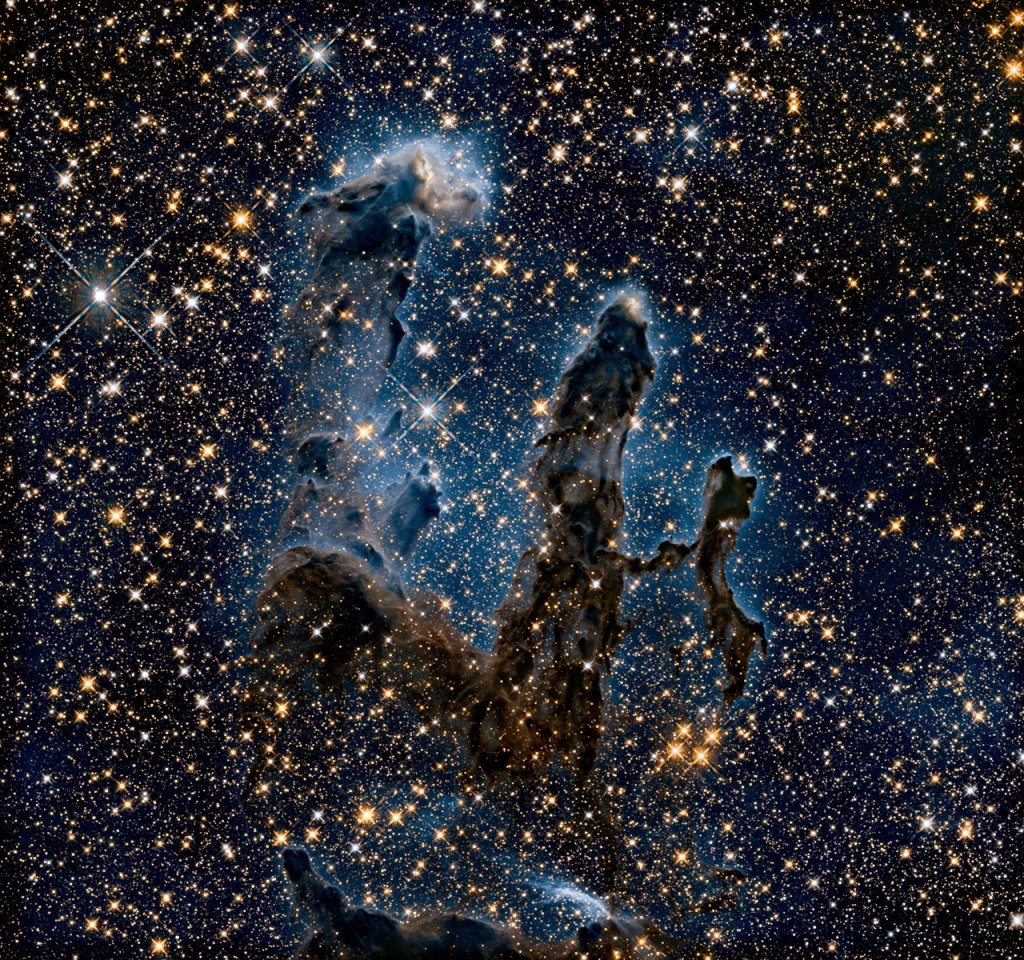
This largely unfamiliar view of the Pillars of Creation showcases the limits of the Hubble Space Telescope’s capabilities: reaching into the near-infrared to peer through the neutral matter of the pillars and into the stars forming inside. Most of the stars are background objects, behind the pillars, but a few are proto-stars currently forming inside of them.
External star radiation burns away the neutral stuff outside.
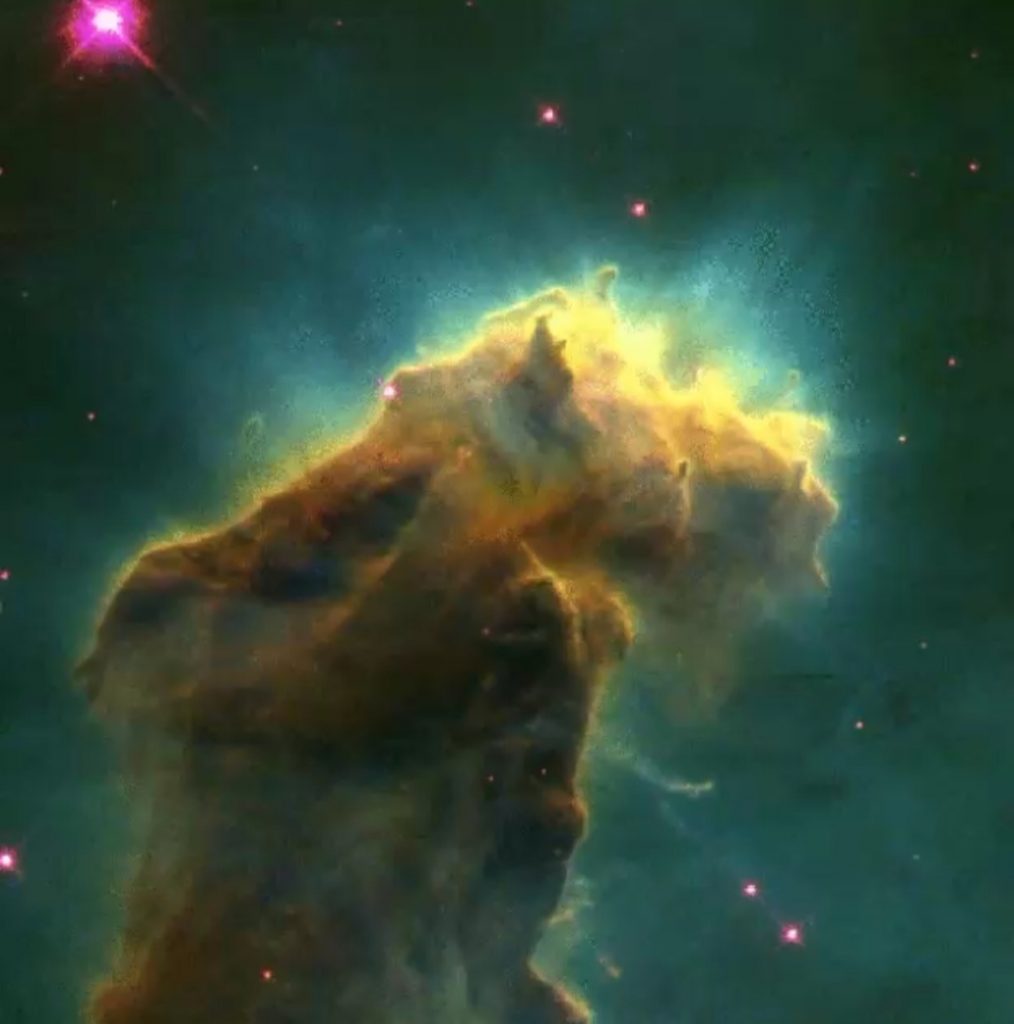
The race is on to produce new stars inside the gas before it vanishes completely.
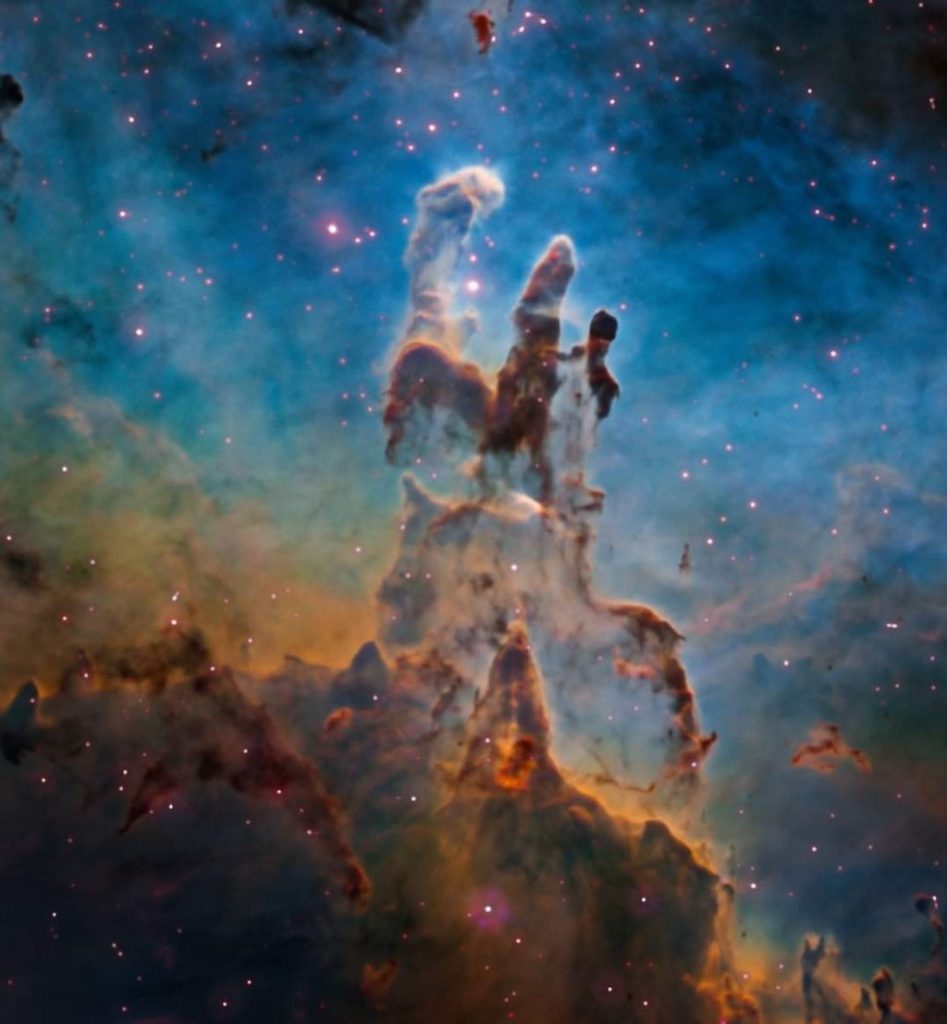
Inside the Eagle Nebula, the Pillars of Creation are some of the last massive clusters of neutral, star-forming matter. Hot stars irradiate the pillars from the outside, boiling the gas away. Matter collapses inside the pillars, forming new stars that irradiate the pillars from the inside. Within this region, we are witnessing the final breaths of star formation.
This structure may be seen evolving in Hubble’s twin photos, which were taken 20 years apart.
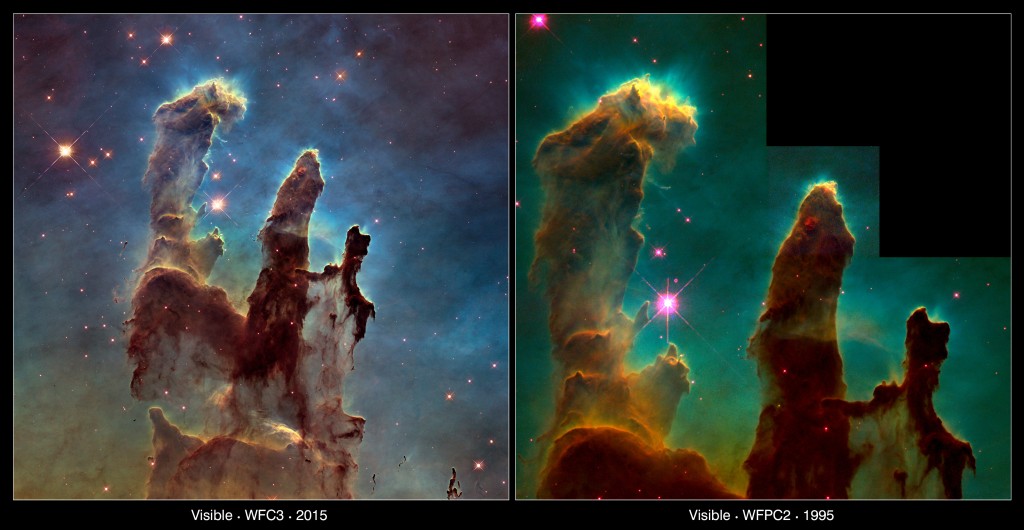
This image compares the two Hubble images taken 20 years apart of the Eagle Nebula’s Pillars of Creation. On the left, the new image catches nearly the same region as the 1995 image on the right. The newest image, however, makes advantage of Hubble’s Wide Field Camera 3, which was installed in 2009 and captures light from blazing oxygen, hydrogen, and sulphur with more clarity and a wider field of view. The pillars are progressively altering over time; evaporation should take hundreds of thousands of years to complete.
Other wavelengths of light, on the other hand, disclose what’s going on behind the dust.
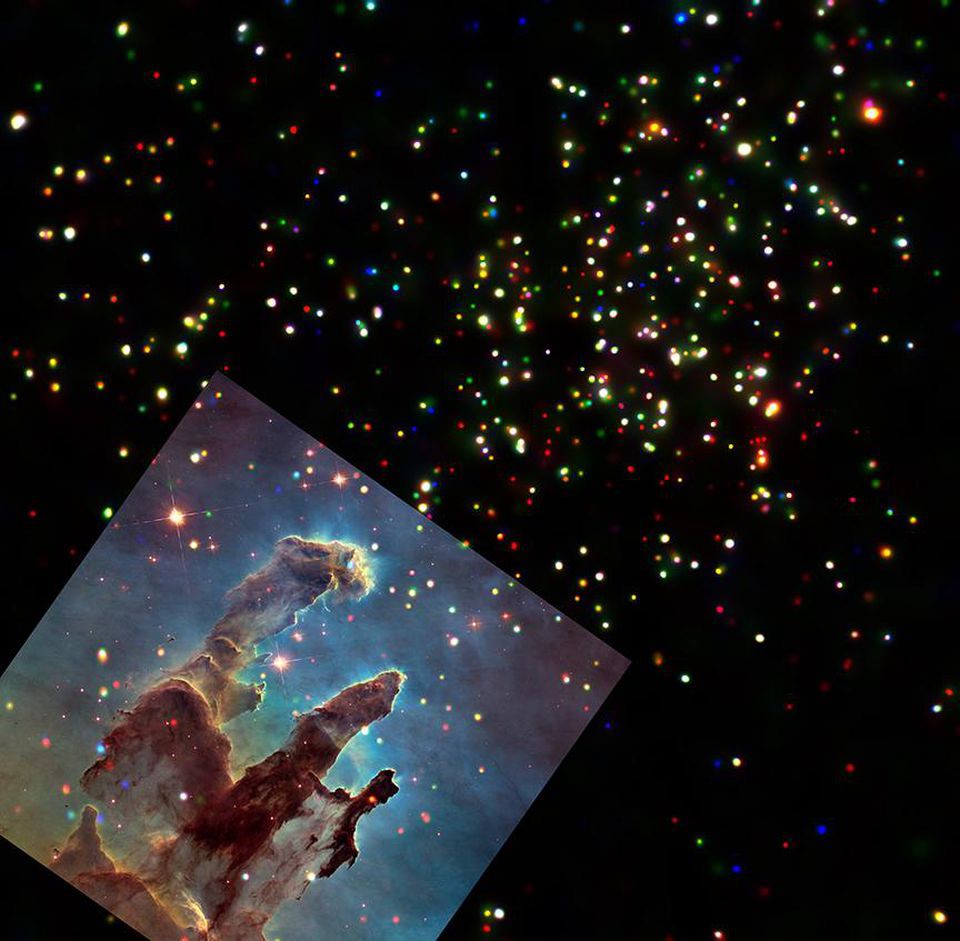
Chandra’s unique capacity to resolve and localise X-ray sources allowed scientists to find hundreds of very young stars (known as “protostars”) that were still developing. 219 of the X-ray sources in the Eagle Nebula are young stars surrounded by dust and gas discs, whereas 964 are young stars without these discs, according to infrared data from NASA’s Spitzer Space Telescope and the European Southern Observatory. If you’re curious, no supernova remnants have been identified, and the pillars are not being destroyed.
NASA’s Chandra uses X-ray wavelengths to reveal new stars and stellar remnants.
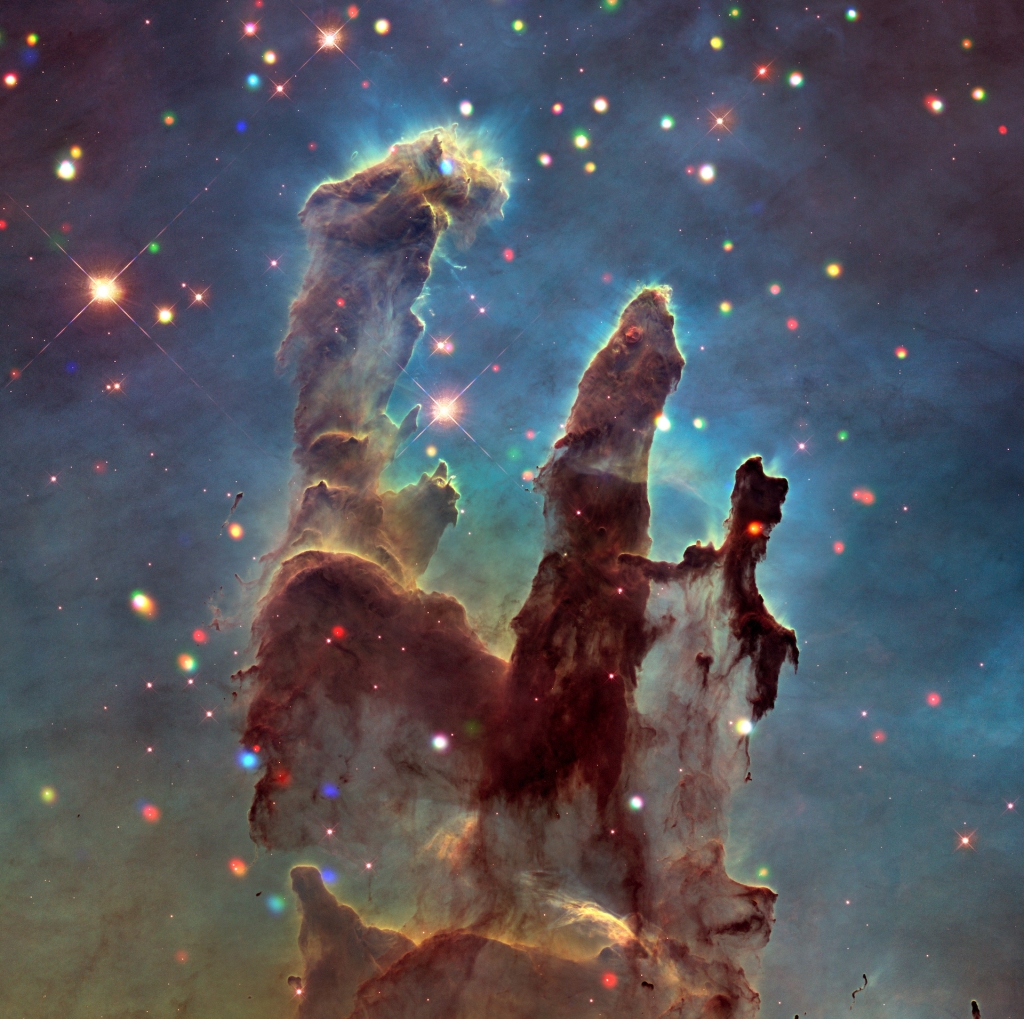
Researchers used Chandra to find nearly 1,700 X-ray sources in the Eagle Nebula’s area. The Nebula is likely home to two-thirds of these sources, and some of them can be observed in this narrow field of view around the Pillars of Creation. Although most of the sources aren’t from within the pillars, the greatest pillar’s “eye” corresponds to a proto-star with a mass of around 5 times that of the Sun.
Near-infrared images penetrate through the dust to reveal newborn stars hidden within.
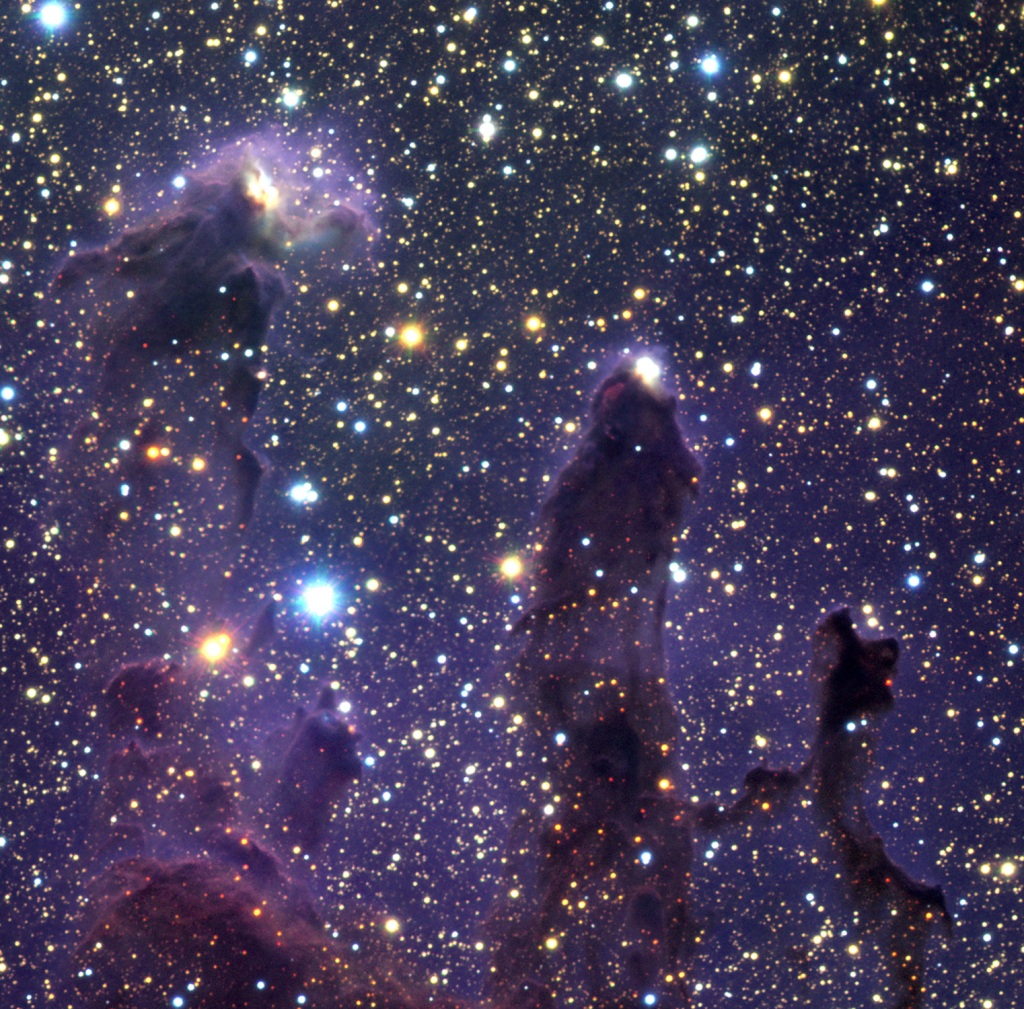
This infrared image of the Pillars of Creation taken by the European Southern Observatory’s Very Large Telescope, an 8.2 metre ground-based telescope, largely sees through the dust of the Pillars of Creation to expose the stars developing inside. The pictures from JWST will be significantly higher-resolution, more detailed, and will cover a far wider range of wavelengths.
Herschel’s far-infrared eyes revealed cool, neutral materials that will eventually generate new stars.
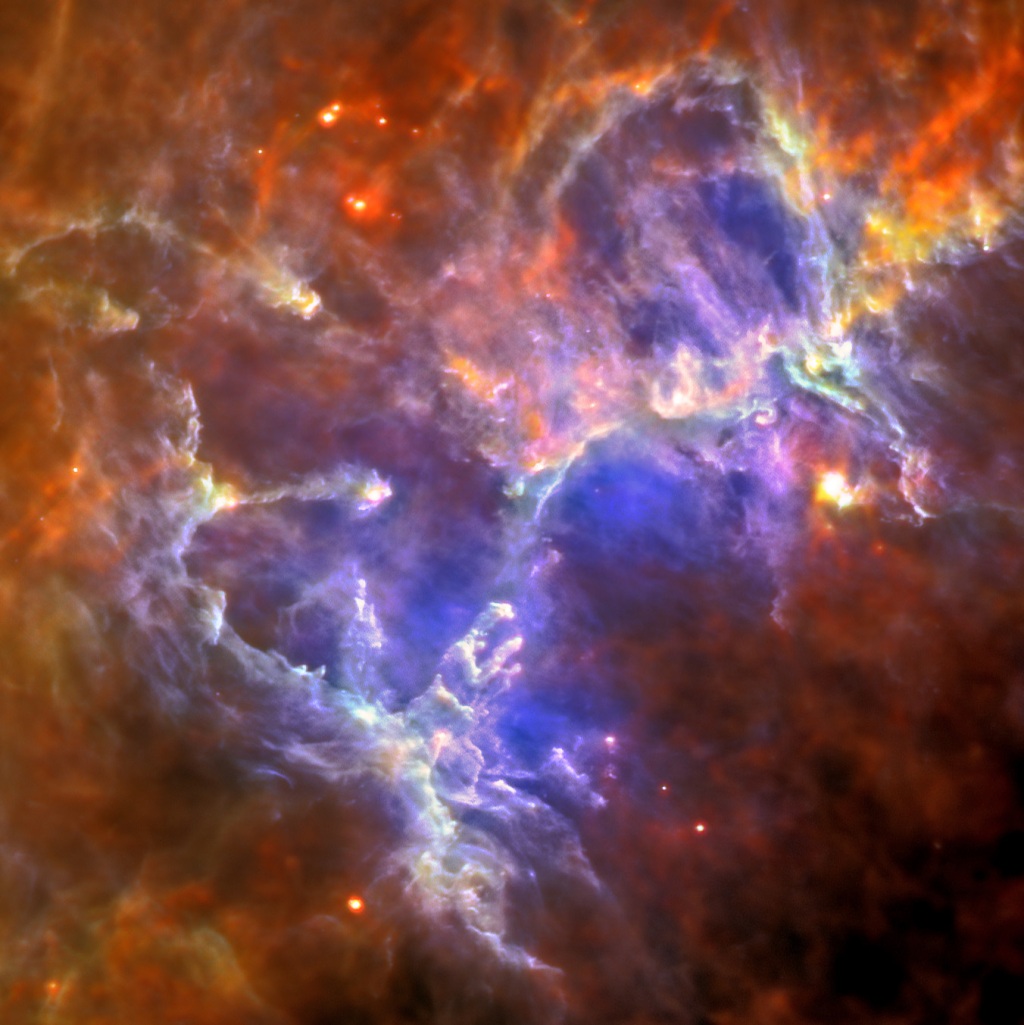
The Eagle nebula’s self-emission of gas and dust has never been seen before in this Herschel photograph. Each colour represents a distinct dust temperature, ranging from roughly 10 degrees above absolute zero (10 Kelvin or minus 442 degrees Fahrenheit) for red to around 40 Kelvin (minus 388 degrees Fahrenheit) for blue. According to these wavelengths, the Pillars of Creation are among the hottest portions of the nebula.
Spitzer, a NASA satellite, had already looked at JWST’s wavelengths.
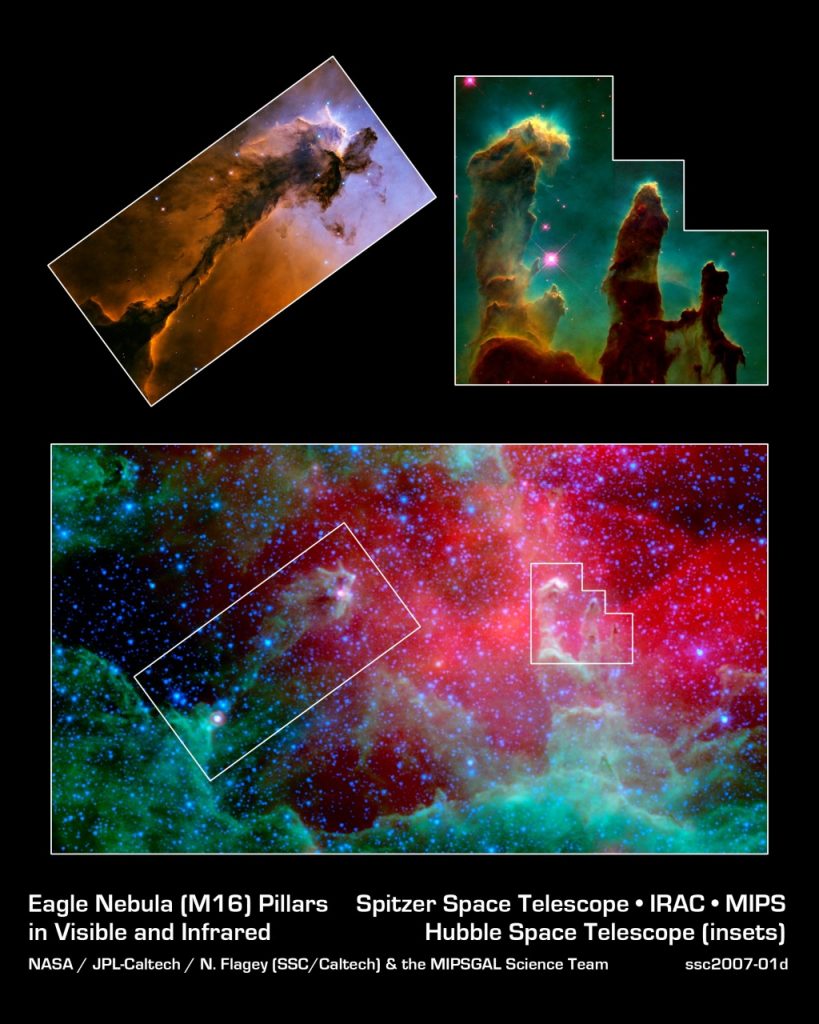
The “pillars of creation” at right and the “spire” or “fairy” at left are visible in this infrared composite view of multiple channels from NASA’s Spitzer Space Telescope, taken in 2007. They are similar to the iconic features revealed by Hubble in optical wavelengths. JWST would greatly enhance these vistas, revealing aspects Spitzer could only have imagined.
It’s the ideal “first science” target for JWST, because of its significantly greater light-gathering power and resolution.
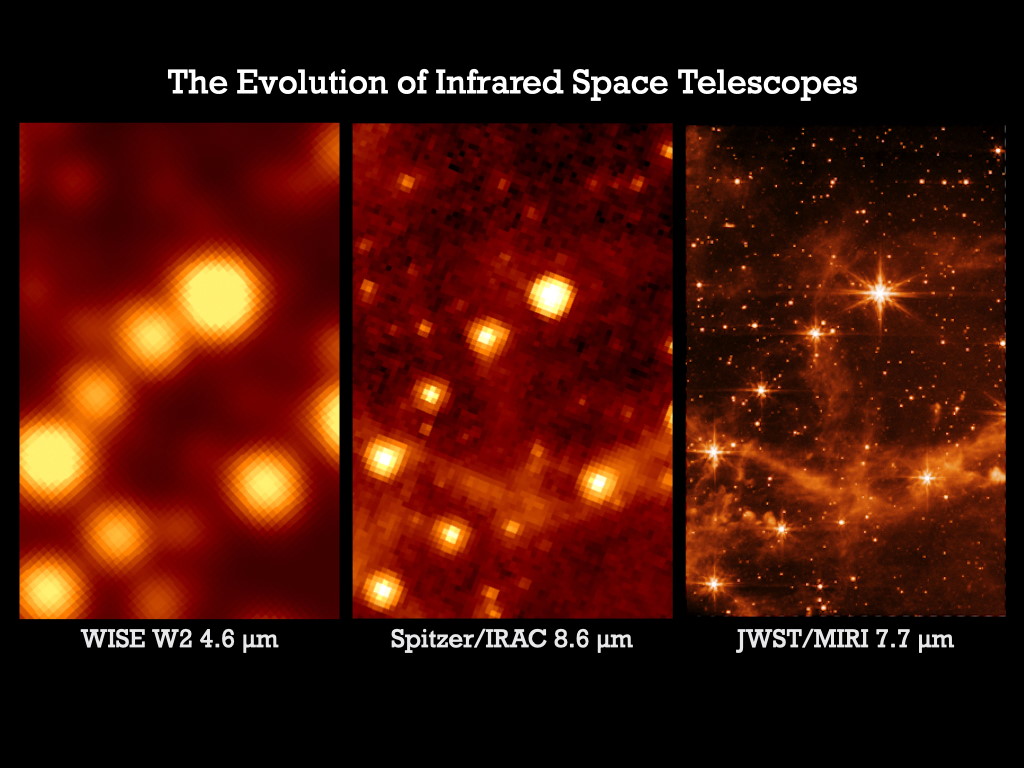
Spitzer (introduced in 2003) featured a larger mirror and a narrower field-of-view than WISE (introduced in 2009). Even the earliest JWST image, shown beside them at comparable wavelengths, can discern the same features in the same region with extraordinary detail. This is a taste of the high-quality science we may expect from JWST.
